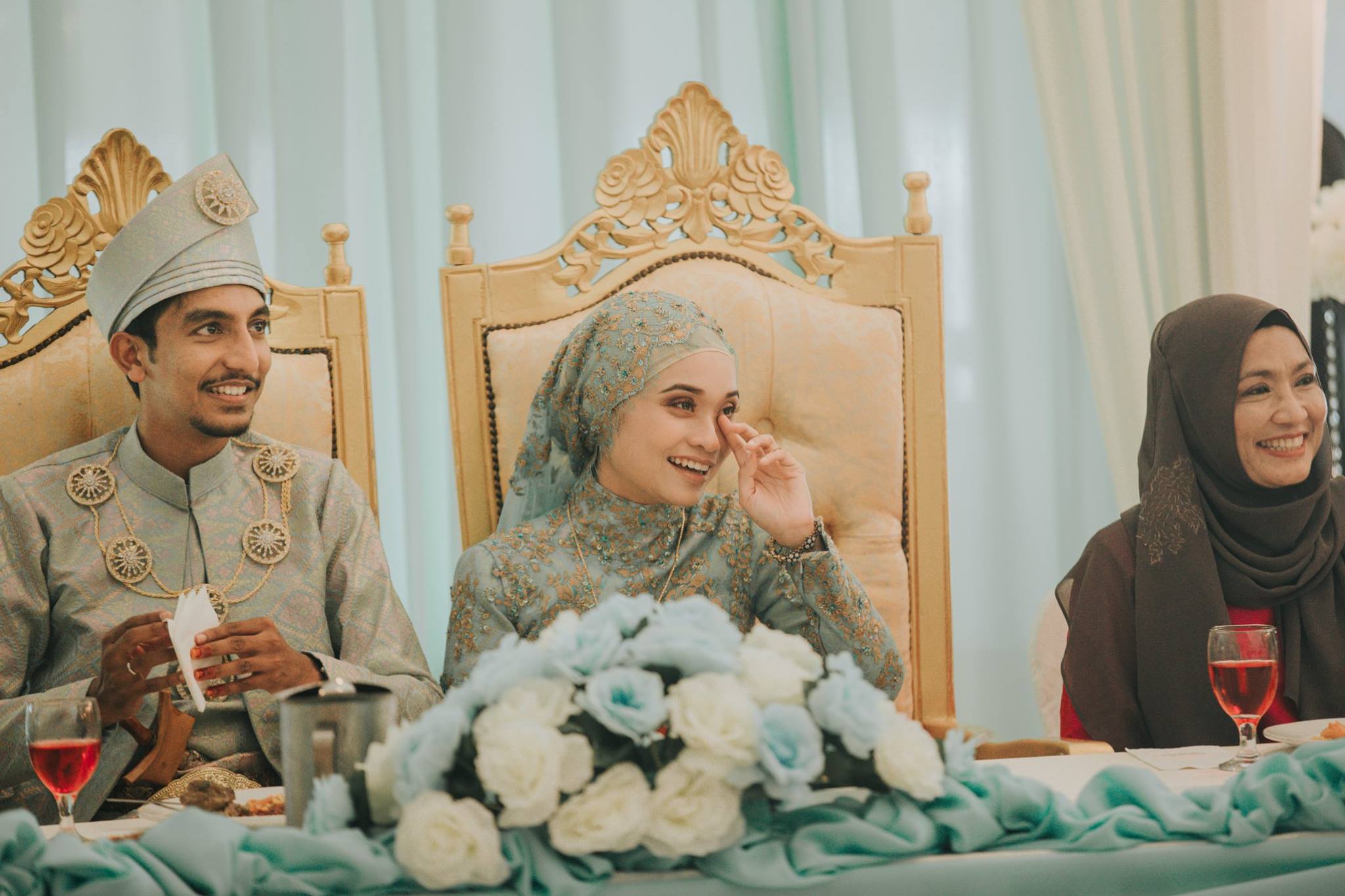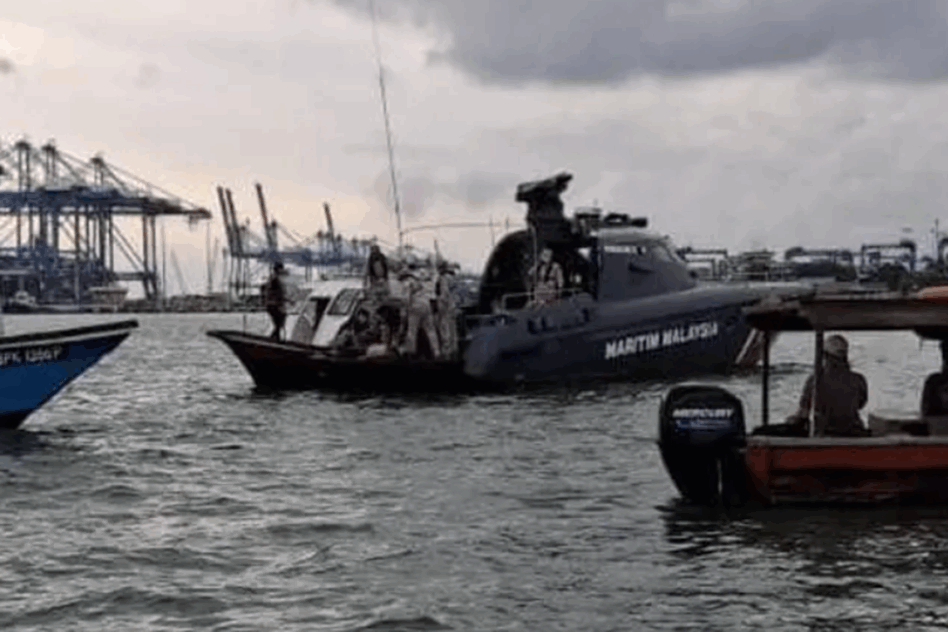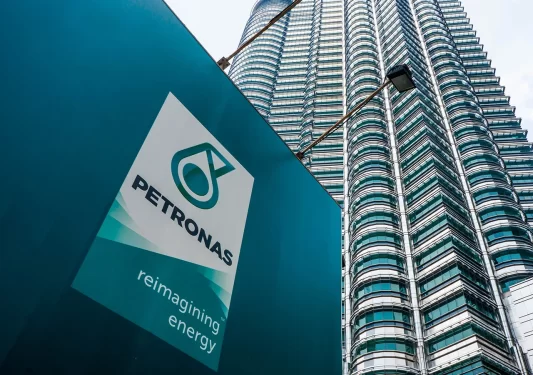“SHOW me the money” can be used to tell someone to give or pay you a lot of money, instead of continuing to talk about it without giving any evidence.
Likewise, tourism leaders and academics often claim that Malaysian culture can be used to attract more visitors without being specific.
But if foreign tourists were to come all the way and say “Show me your culture”, few Malaysians and even tour operators would be at a loss where to bring them. This is because many of us have been using the term ‘culture’ superficially with little understanding.
In tourism, we should go beyond the superficial and be more specific by focusing on the tangibles, not just the abstract. The culture that is saleable must be authentic and visitors must be able to see, hear, touch, smell, and taste for great experiential tourism.
Although closely associated, there is a distinction between culture and arts, including performing arts or art pieces that can be viewed at galleries or museums, or handicrafts that can be bought as souvenirs by tourists.
Citrawarna, also known as Colours of Malaysia, is not culture per se when thousands of dancers in colourful costumes perform for one night at Merdeka Square, a truly spectacular event if there is no rain.
It was more of a staged show as authentic cultural dances were performed and enjoyed by local folk wearing genuine traditional dresses, with the whole community celebrating festivals and embracing their customs and traditions.
Noticeably, there are three tourism departments under the Tourism, Arts and Culture Ministry. They are the Malaysia Tourism Promotion Board, Malaysia Convention and Exhibition Bureau and Islamic Tourism Centre.
There are six under arts viz. National Departments for Culture & Arts, National Academy of Arts, Culture & Heritage, National Visual Art Development Board, Malaysia Handicraft Development Corporation, Department of Museums Malaysia, and Istana Budaya to stage performing arts.
The other three departments under the same ministry are the Department of National Heritage, the National Archives of Malaysia and the National Library of Malaysia.
Come Oct 3–6, the International Tourism and Culture Exhibition and Conference (INTAC) will be held at the World Trade Centre Kuala Lumpur.
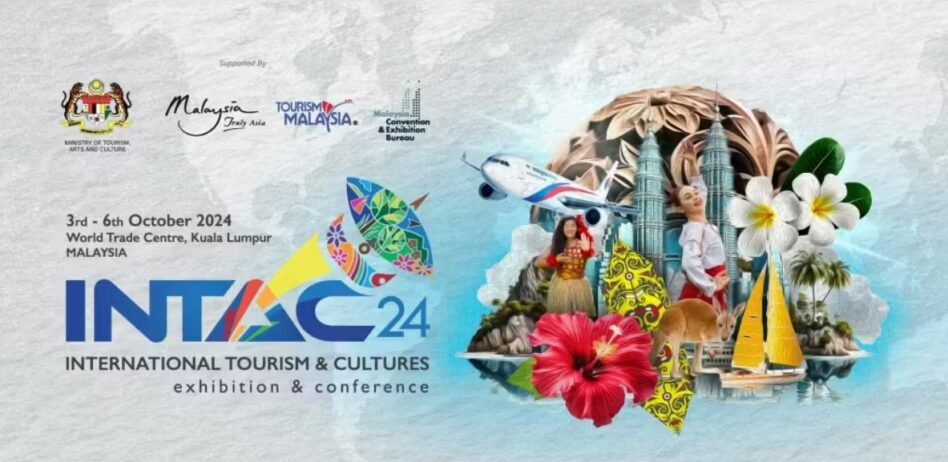
The international tourism conference is organised in collaboration with the Madani Research Centre and the International Islamic University Malaysia. The conference be held on the first two days from 10am to 6pm and the public may attend free of charge.
Undoubtedly, the main aim of foreign participants is to showcase what they have with the hope of attracting more Malaysians to visit their countries. So, how can INTAC leverage and swing the narratives to benefit local tourism and justify its funding?
In Malaysia, there is no finer example of showcasing our local culture than the bersanding ceremony, which can easily be organised at any kampung in the peninsula.
If it is fascinating to watch, then it must be priceless for a foreign couple to be the sultan and sultanah for a day. There is no better way for them to celebrate their wedding anniversary than getting married again in Malaysia.
Imagine a successful son or daughter giving the parents a full-expense trip to Malaysia to celebrate their golden anniversary. Upon arrival at the airport, they are chauffeured to a 5-star hotel not far from the kampung where their wedding ceremony will take place.
Very early the next day when the morning is cool and before the day gets hot, they are brought to the kampung.
Upon arrival, the lady will be brought to the venue first and later the man ushered in by a kompang troupe and bunga manggar carriers, just like any typical Malay wedding.
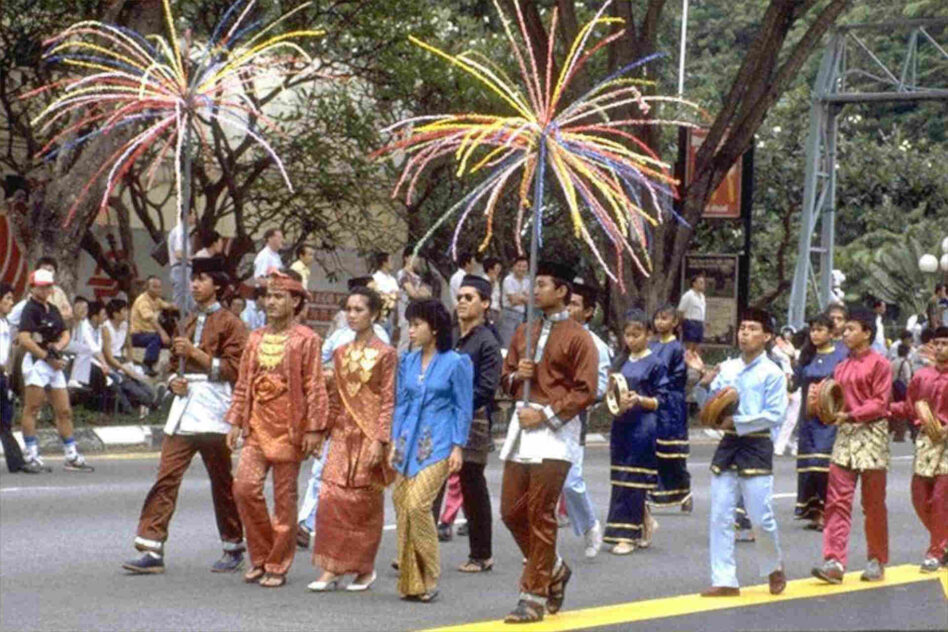
The blessing ceremony can be brought forward, starting with local villagers. But unknown to the elderly couple seated at the Malay wedding dais, their children, relatives and friends have also made the same trip by taking another flight and staying at a different hotel.
Many would be shedding tears of joy when one by one were to emerge to sprinkle scented water on the couple’s palms, a la Malay-style blessing.
If captured on video and uploaded online, it could go viral and make Malay weddings the vogue to celebrate wedding anniversaries.
The children, relatives and friends could also buy and wear Malay dresses, and quickly learn Malay dances to perform at the wedding, which they could re-enact back home to popularise Malay culture.
It is also community-based tourism at its best with many villagers benefitting from the tourist dollar by preparing food and boys showing off their silat skills. While academics talk about theories and concepts, it is not tourism when there is no money in it.
Tourism requires concrete action and hard work. At Intac 2024, it would be great if the organiser were to stage a bersanding ceremony featuring a foreign couple making a grand entrance into the exhibition hall accompanied by a kompang troupe and bunga manggar carriers.
If there is a competition among exhibitors in showcasing the most meaningful culture, it could easily pick up the gold medal. Best of all, the video would go viral and many foreigners would be keen to celebrate their weddings or anniversaries in Malaysia.
Hence, I have shown you our culture and the money. – Aug 16, 2024
YS Chan is master trainer for Mesra Malaysia and Travel and Tours Enhancement Course and an Asean Tourism Master Trainer. He is also a tourism and transport business consultant.
The views expressed are solely of the author and do not necessarily reflect those of Focus Malaysia.
Main image: Penang Wedding Tourism


